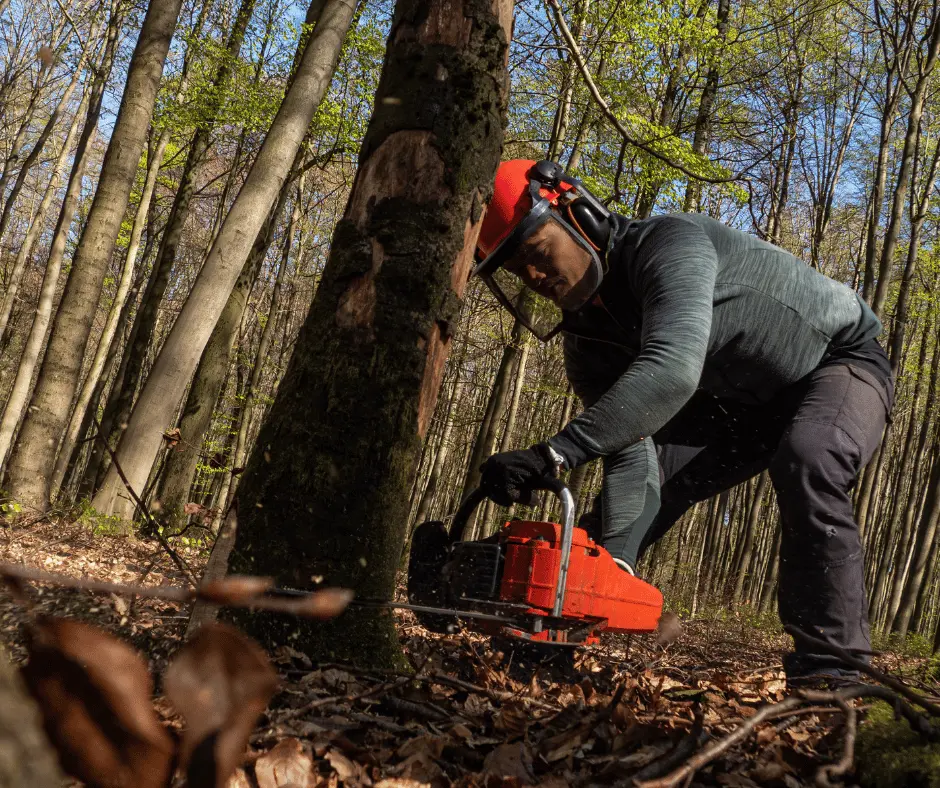Hard Maple pricing and quality can be tricky to determine when the tree is standing. Unlike most hardwood species where the heartwood is cut into dimensional lumber, with Hard Maple, it is actually the sapwood that holds value for lumber and other wood products. This sets it apart from species like Oaks, Walnut, and Cherry, where heartwood is the primary source of valuable timber.
In other words, when it comes to analyzing Hard Maple pricing and quality, Hard Maple lumber is cut from the outer ring of the tree. Therefore, bigger sap areas are preferred by lumber mills and timber buyers.

Hard Maple Pricing and Quality
Setting aside whether or not a log could sell as veneer, in general, the smaller the heartwood of a Hard Maple tree, the more valuable it is. The heart size of Hard Maple Value and Grade trees depends on many factors and is usually hard to predict before cutting. Consequently, this unpredictability often plays into decisions about Hard Maple quality pricing.
Determining Hard Maple Quality
Because you can’t tell how big the heartwood is relative to the sapwood, Hard Maple is one of the more difficult species’ of hardwood timber to value while standing. It is just impossible to know how they will cut.
While not fool-proof, there are some rules of thumb for valuing Hard Maple while it is still standing. In general, the more tight the bark on a Hard Maple Value and Grade tree is, the more likely it is to contain high quality wood. Locations with more of certain types of minerals can cause the hearts of Hard Maple trees to grow larger. Further, wetter locations tend to grow Maple with larger hearts. Two Maple trees from the same tract of land and stand of timber can present radically different rations of heartwood to sapwood. This affects the pricing of Hard Maple quality.
Hard Maple is best when it is small hearted, tight-barked and bright white in color. In the picture below the two trees on the left are very high quality, small-hearted and of veneer quality. In contrast, the tree on the right has a large heart and will not yield high quality Hard Maple lumber.
Hard Maple Pricing and Quality

Strong Economy and Stable Hard Maple Market
Because Hard Maple stains in the summer, markets for the timber and lumber produced from this species typically drop sharply in the Summer. In 2014 the strengthening economy seems to be insulating this hardwood from its typical Summer slump. As a result, Hard Maple is still commanding impressive prices, particularly for veneer trees, while maintaining high quality.
Give Timber Works a call for a no-hassle assessment of your standing Hard Maple timber.


Comments 2
Cleveland tree service is conning me out 30″DiA.red oak.Gabriel refuses to write an explicit contract.
Unfortunately, we do not do tree service work. And there are very few red oak trees that would make sense for us to purchase.